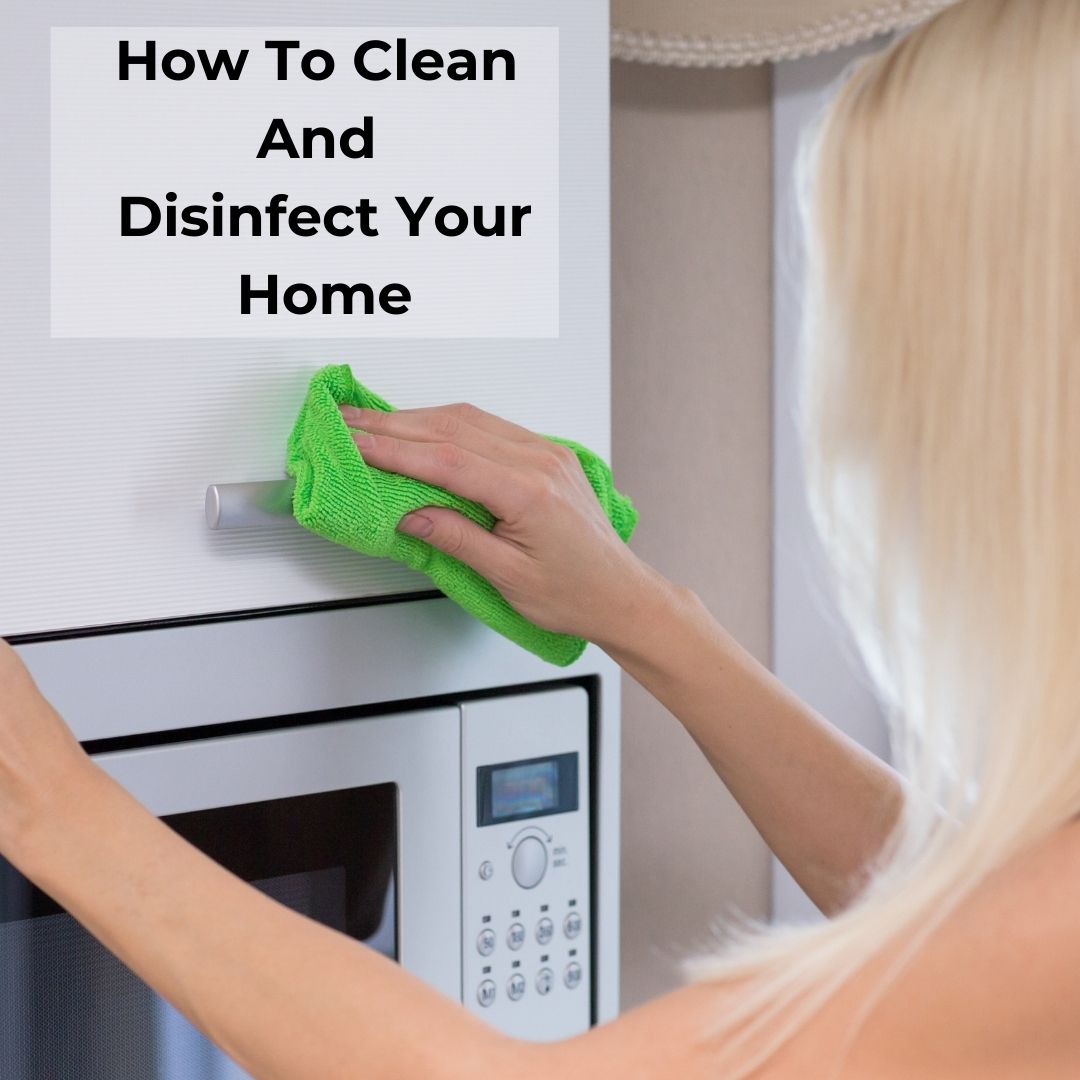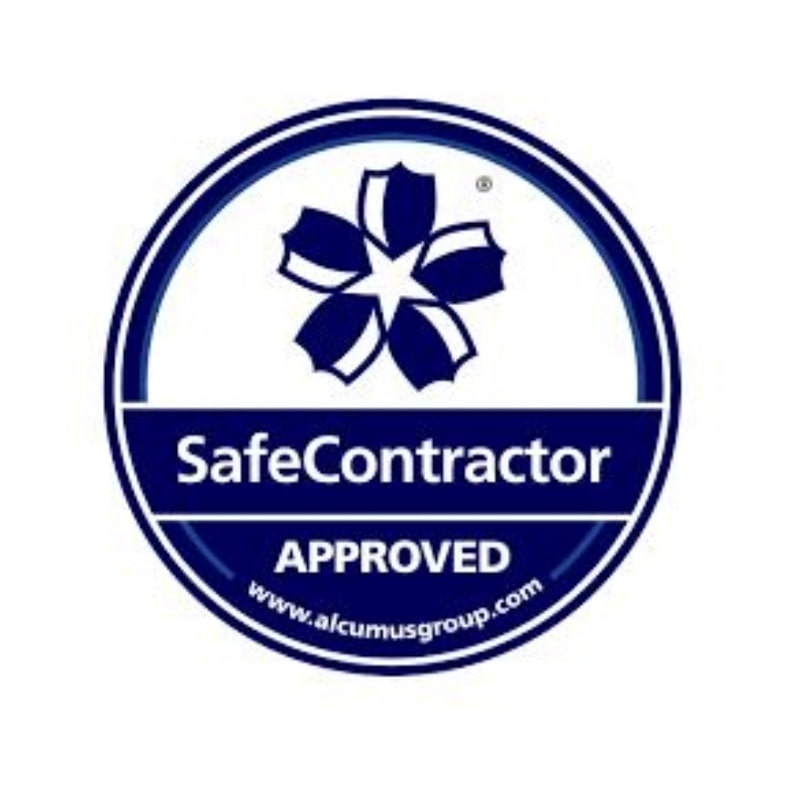With the COVID-19 cases on the rise, we should take more steps to make sure our living and working environment is safe.
Public Health England recommends that we disinfect high-touch surfaces like countertops and tabletops at least once a day.
Cleaning and sanitizing these surfaces regularly can decrease the chances of transmission in your home.
It is important to remember that cleaning and sanitizing is not the same thing. Cleaning a surface requires you to wipe it down to remove any dust particles, dirt, etc.
This is usually done with water and/or soap and doesn’t kill the bacteria. Sanitization is done specifically to remove any bacteria or virus present.
Therefore, when disinfecting your home, first clean using water and then sanitize using a spray.
Now that we’ve covered the difference between cleaning and sanitization, let’s look at how you can disinfect your home.
How to disinfect high-touch surfaces
High-touch surfaces include doorknobs, kitchen and bathroom counters, staircase railings, handles, taps, etc.
These are surfaces touched by multiple people hundreds of times throughout the day and therefore possess a larger risk.
Disinfecting high-touch surfaces can be done in two steps:
- The first step to disinfect these surfaces is to clean them. Spray a mixture of water and soap on these surfaces and wipe them down with a clean tissue. Alternatively, you can also use a clean towel. However, if you do use a towel, make sure each surface has a separate piece.
- Once you’ve cleaned the surface, use a disinfectant spray or wipes on these surfaces.
These surfaces should be disinfected at least once a day.
You can easily incorporate this into your schedule by either disinfecting early in the morning before you start the day, or in the night before going to bed.
How to disinfect electronics?
Electronic devices like phones, laptops, chargers, earphones, headphones, and remote controllers also fall in the high-risk category.
They require frequent disinfection.
Unlike high-touch surfaces, these cannot be cleaned beforehand and should not be cleaned by water.
These electronic gadgets are delicate and expensive, made up of many tiny parts that can easily be damaged.
Therefore the sanitization for these electronics should be done carefully and with complete attention.
Smartphones can be sanitized using disinfectant sprays or wipes; you can use a 70% alcohol solution to disinfect your smartphone.
Commercially available disinfectant sprays and wipes can easily damage the screen and should not be used on laptops.
Laptops can be sanitized using the combination of a soft towel and a very dilute solution of disinfectant spray.
Instead of directly spraying the solution onto your screen, spray it on your towel instead.
Make sure the towel is slightly damp rather than wet, and then use this towel to disinfect your screen.
Mouse, keyboards, and gaming controllers can also be sanitized using disinfectant wipes or sprays.
When disinfecting these, make sure you wipe the top and bottom and pay special attention to the gaps between buttons.
Which accessories should you disinfect?
Other than your home and electronics, you use several accessories throughout the day. These include:
- Phone covers
- Laptop sleeves
- Wallets
- Eye Glasses
- Keys
- Key cards
These are things that you cannot leave your house without. These should be sanitized at least once every two-three days. If you share these with other members of the family or a roommate, consider investing in duplicates and disinfecting more often.
Accessories can be sanitized using disinfecting sprays or wipes and don’t require vigorous cleaning.
Measures to take while cleaning
Now that you know which parts of your home require regular cleaning, here are a few things to keep in mind when you’re doing so:
-
Disposable gloves
When you’re disinfecting your home and accessories, make sure you’re wearing disposable gloves. There is little point in cleaning a surface with dirty hands. Wash your hands after removing them and wrap them in a separate bag while disposing of.
-
Wipes and Towels
Don’t use the same wipe to clean all surfaces in your home. We recommend keeping separate wipes and towels for each surface. If you’re using a towel, make sure you wash the towel in the machine after each use.
-
Spray
Invest in a good quality spray. If you’re unable to access one, you can make a homemade bleach disinfectant spray with bleach and water.
There’s no denying the fact that cleaning and sanitizing your home is a time-consuming job.
However, if you’re unable to do it, you can easily hire someone.
We recommend Response Bioclean because of their high safety standards and emergency service booking!

















